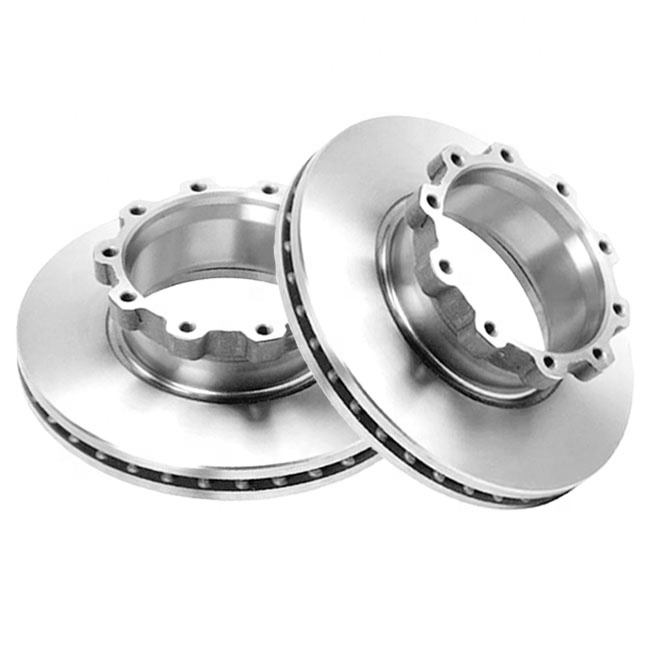Have you at any point heard somebody say they had twisted brake plates? Ordinarily somebody had the circles reemerged to fix the issue and after a moderately brief time frame the harshness or vibration returned.
In pretty much every case, this issue isn’t brought about by a distorted circles, however that the brake cushion material moved unevenly to the outside of the plate. This lopsided testimony brings about thickness variety or run-out because of hot recognizing that happened at raised temperatures.
Contact is the component that proselytes dynamic energy into heat.
Similarly as there are two kinds of grating between the tire and the street surface (mechanical grasping of street surface inconsistencies by the versatile tire compound and transient atomic attachment between the elastic and the street in which elastic is moved to the street surface), so there are two totally different kinds of slowing down rubbing – rough erosion and disciple contact. Grating contact includes the breaking of the glasslike obligations of both the cushion material and the cast iron of the plate. The breaking of these securities creates the warmth of rubbing. In grating contact, the connections between gems of the cushion material (and, less significantly, the plate material) are for all time broken.
The harder material wears the gentler away (ideally the circle wears the cushion). Cushions that work fundamentally by scraped area have a high wear rate and will in general blur at high temperatures. At the point when these cushions arrive at their powerful temperature limit, they will move cushion material onto the plate face in an irregular and lopsided example. It is this “get” on the plate face that the two causes the thickness variety estimated by the professionals and the unpleasantness or vibration under the brakes announced by the drivers.

